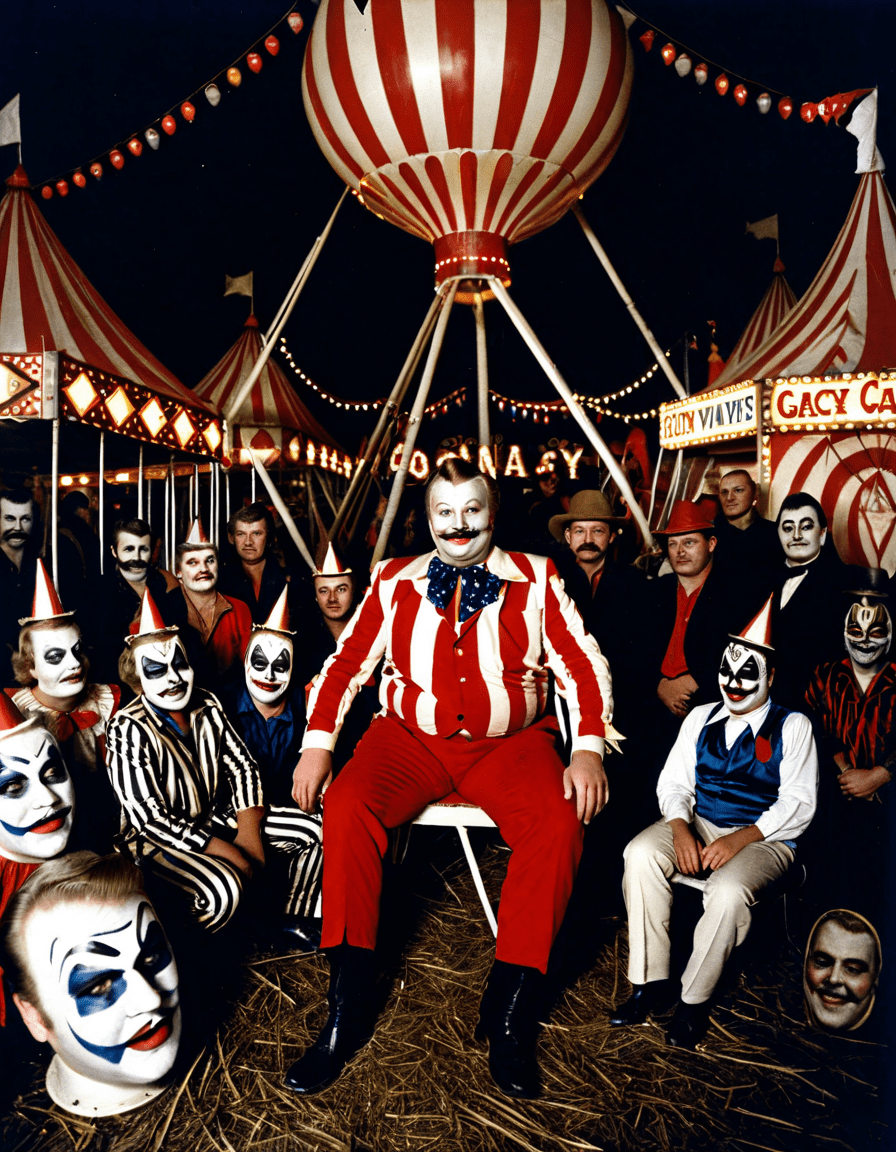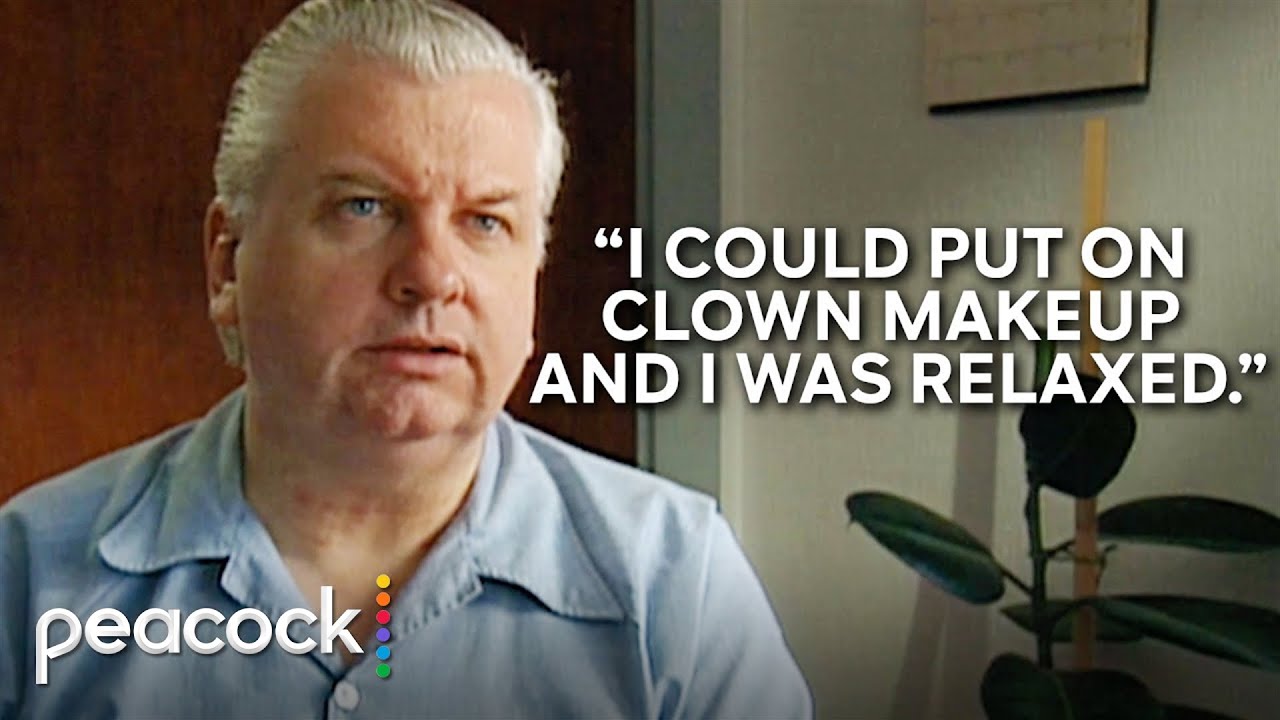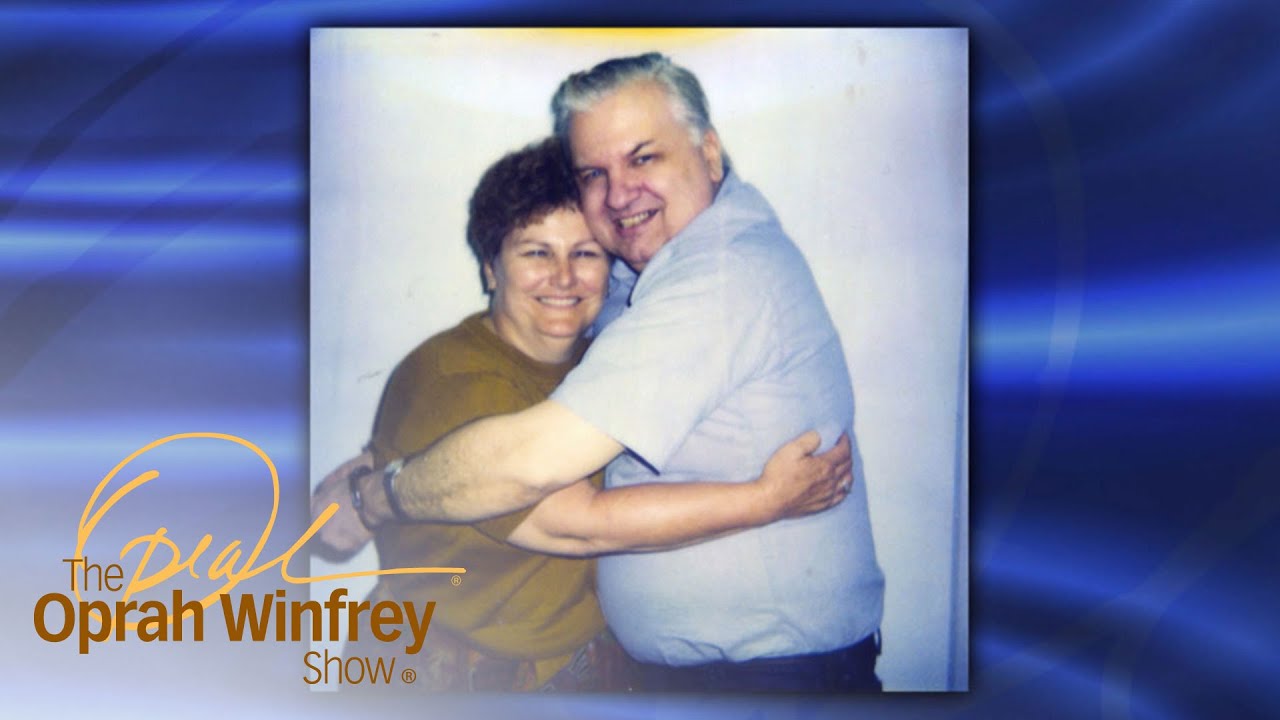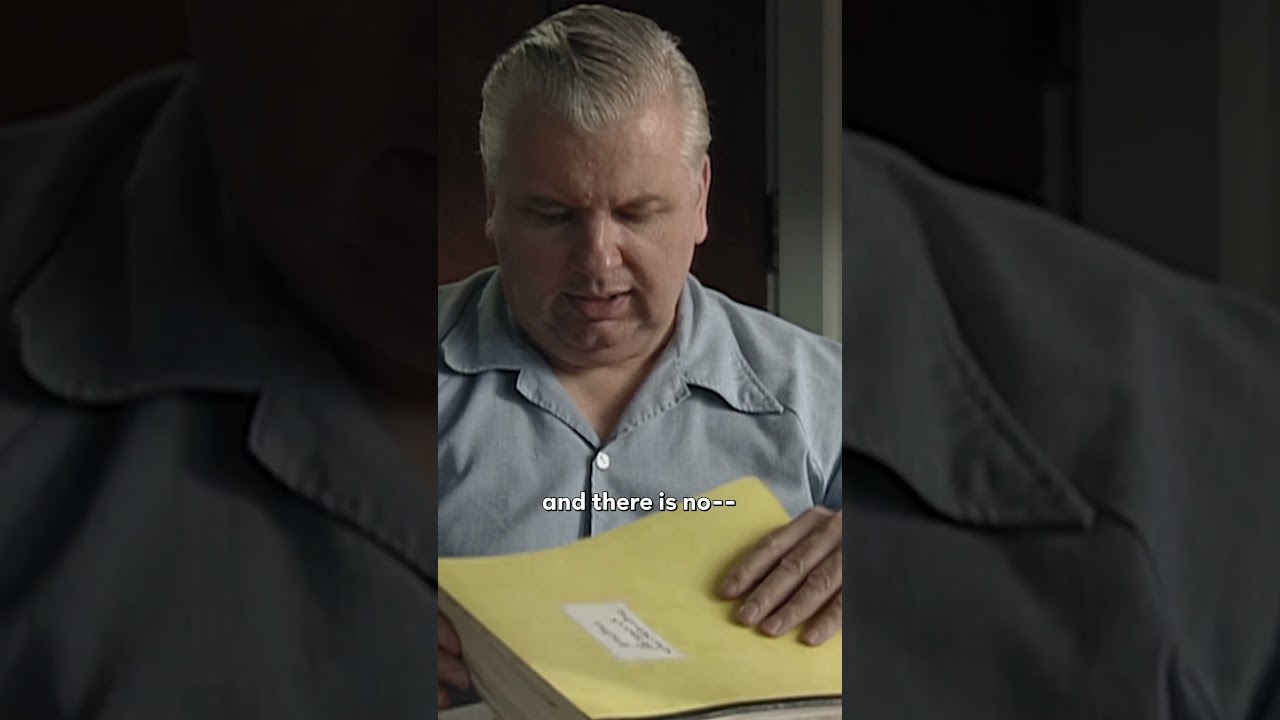When we think of notorious criminals, names like Ted Bundy and Jeffrey Dahmer pop into our heads. However, few can match the sheer horror associated with John Wayne Gacy. Born on March 17, 1942, in Chicago, Illinois, Gacy is one of the most infamous serial killers in American history. In this article, we’ll dive deep into the layers of Gacy’s life. From his troubling childhood to his chilling crimes and lasting cultural impact, we’ll examine how Gacy managed to live a dual life and what we can learn from it.
The Early Years: Tracing the Roots of John Wayne Gacy’s Darkness
Gacy’s early years were no fairy tale. Growing up in a dysfunctional household, Gacy faced significant challenges. His father was abusive, and this toxic environment left scars that would shape his future. Little Johnny, as he was sometimes called, often yearned for acceptance and love. A pivotal moment came when he was physically punished by his father for being perceived as weak—an event that marked the beginning of John Wayne Gacy’s internal struggles.
As a child, Gacy found solace in friendships, but these relationships were often superficial and fraught with emotional turmoil. He tried desperately to fit in, often masking his insecurities with humor and friendliness. Unfortunately, those connections never seemed to satisfy his deep-rooted cravings for affection. It’s intriguing to see how these experiences laid the groundwork for a man who could charm a community while harboring dark impulses.
Understanding Gacy’s childhood allows us to glimpse into the psyche of one of history’s most chilling figures. The trauma he experienced didn’t vanish; it evolved, entwining itself with the other threads of his life, eventually culminating into the monstrosity he would become.

The Transformation: John Wayne Gacy’s Path to Infamy
Now, let’s fast-forward to the adult Gacy. How did this troubled child transform into a respected businessman and community figure? After a rocky start, he turned his life around and began a contracting business. Gacy was the quintessential embodiment of the American Dream. He became known as a capable contractor and even dipped his toes into local politics. At local parades, he was the guy dressing up as “Pogo the Clown,” entertaining children and winning hearts.
But beneath this bubbly facade was a darker reality. Gacy was not just “just Joe” from the neighborhood; he was a predator. His ability to mix seamlessly into society highlighted a disturbing phenomenon: the most dangerous individuals often look just like the rest of us. With every accolade he received, the distance between Gacy’s public persona and his sinister deeds grew wider. His keen ability to lead a double life is a curious case study of the human condition, demonstrating how people can hide in plain sight.
When we analyze Gacy’s transformation, we see not just a man but a character straight out of a psychological thriller. Think about it: a successful businessman by day and a monster by night. It’s enough to make your skin crawl but also evokes a fascination that has been explored in countless films and documentaries, cementing Gacy’s status in the annals of true crime.
The Crimes: Understanding the Horrific Acts of John Wayne Gacy
John Wayne Gacy’s string of crimes is a grim chapter in the narrative of American crime. Between the years 1972 and 1978, Gacy lured at least 33 young men and boys to their doom. How did he do it? Gacy often employed various tactics: offering jobs, rides, or simply engaging in conversations at local hangouts.
His methods were both calculated and disturbingly banal. Many victims were last seen outside of his home, often having left with him willingly. His charm, coupled with a friendly demeanor, was the gateway to horror. Once inside, those innocent young men found themselves trapped in a nightmarish scenario. Gacy was careful, often utilizing a “ modus operandi” that made it difficult for law enforcement to connect the dots.
Delving into Gacy’s psyche reveals unsettling truths about why he committed such heinous acts in the first place. Psychology books often discuss that serial killers tend to have a deep-rooted desire for power, control, and a need to fulfill their darkest fantasies. Gacy exemplifies this. In planning his crimes, he didn’t just seek to kill; he thrived on the manipulation of his victims. This wasn’t just about the act itself but the thrill of being a puppet master of lives hanging by a thread.

The Investigation: Unraveling the Truth Behind John Wayne Gacy
As the years rolled on, whispers about Gacy’s dark side grew louder. The investigation into his crimes is a gripping narrative full of suspense. In December 1978, law enforcement finally descended upon Gacy, but not without a chase that highlighted systemic failures. The police received multiple tips, but prejudice and disbelief allowed Gacy to evade justice for far too long.
In many cases, Gacy was protective of his “reputation.” Residents knew him well. He hosted neighborhood parties and even acted as a confidant to many families. When suspicion escalated, police often overlooked him. Can you imagine the fear that gripped the community? How many times would officials disregard their gut feelings simply because a person held a respectable position?
Ultimately, it was the investigation that led to Gacy’s undoing. At last, the haunting truth came to light, leaving the neighborhood fraught with disbelief. How could a man so integrated into society lead such ghastly double lives? The insights drawn from this investigation show how communities must stay vigilant. Gacy’s story serves as a cautionary tale against complacency in the face of abnormal behavior.
The Trial: The Public Spectacle of John Wayne Gacy
The trial of John Wayne Gacy in 1980 captivated millions, drawing national attention for the straightforward reason: the juxtaposition of Gacy’s charm and the grotesque nature of his crimes was shocking. During the trial, Gacy maintained an eerie calm, which added a chilling element to the legal proceedings. His defense team even attempted to leverage an insanity plea—asserting he was a “multiple personality.”
The courtroom held a tangled web of emotions, with both prosecution and defense employing strategic tactics that kept spectators glued to their seats. Witnesses recounted haunting tales of Gacy’s interactions with his victims, while jurors grappled with understanding the mind of a killer who seemed so composed.
This trial didn’t merely serve as a legal process; it became a lens through which society examined the nature of evil. How could a seemingly stable man commit such atrocities? This question haunted the nation and led to intense discussions about morality, evil, and mental health within legal confines.
The Aftermath: John Wayne Gacy’s Legacy and Cultural Impact
Even after Gacy’s execution in 1994, his story continues to linger in the cultural landscape. Documentaries, like “The Jeffrey Dahmer Files” and series such as “Mindhunter,” have sparked renewed interest in his disturbing legacy. Hollywood and true crime aficionados draw upon Gacy’s life as an archetype to delve into the complexities surrounding the nature of evil and the human psyche.
Various films portraying Gacy’s life have made their mark, adding yet another layer to the already intricate fabric of American crime lore. His likeness as “Pogo” the Clown has become an emblem of twisted irony, emerging as a symbol of a façade beneath which evil can hide.
Moreover, discussions surrounding Gacy transcend mere storytelling; they lead us to explore broader topics, including the social implications of mental health and societal vigilance. Conversations thrive around not just Gacy’s individual actions, but concerning systemic changes we can foster to prevent similar futures. It’s amazing how a figure like Gacy can incite reflection about community responsibility and the importance of recognizing red flags.
Lessons Learned: What John Wayne Gacy Teaches Us About Society
What do we take away from the life and crimes of John Wayne Gacy? The chilling reality is that Gacy’s existence is a grim reminder of the monsters that can dwell in plain sight. Experts often provide insights into how the fabric of a community influences the behavior of its members. Gacy’s life raises poignant questions: how well are we paying attention to our neighbors? How can we better safeguard our community’s vulnerable?
It’s crucial to acknowledge that Gacy’s horrendous actions reflect larger cultural and systemic issues. Communities must evolve, and awareness must be heightened to protect those who are at risk. Discussions with psychologists and sociologists not only shed light on Gacy’s mind but prompt us to consider our own societal norms, trust, and vigilance.
Ultimately, Gacy’s horrifying legacy remains a lesson in both the fragility and darkness of human nature. It’s vital for society to remain engaged, to challenge the status quo, and to seek ways to recognize the signs that often lurk beneath friendly facades.
The Enduring Mystique of John Wayne Gacy: Reflecting on Evil in Our Time
John Wayne Gacy serves as a haunting reminder of the duality present in human nature. His life, filled with both tragic childhood experiences and unspeakable acts of violence, compels us to confront darker societal issues. Films show us how killing doesn’t define a person so much as reveal the society that allows such behavior to thrive.
As we explore Gacy’s legacy, we unearth larger questions about morality, responsibility, and community vigilance. Understanding Gacy’s impact on culture, from chilling documentaries to blockbuster features, inevitably stirs our fascination with the criminal mind. While horror flicks feature ruthless villains, they barely scratch the surface of the complexities that lie beneath such chilling figures.
In the end, the saga of John Wayne Gacy emphasizes the importance of recognizing the signs and asking tough questions. We must continue to shine a light on this darkness, ensuring that every community is vigilant against the perils that lurk in familiar faces.
In diving deeper into content like film and documentaries that explore figures like Gacy, we ensure that the narratives of history are preserved, teaching current and future generations to remain alert to the shadows that might creep into their neighborhoods.
For those who follow true crime, Gacy’s life remains an unavoidable subject of conversation—essentially a living cautionary tale against complacency. As we reflect on his legacy, we realize that in cinema, as in life, sometimes the most mundane faces can hide the darkest secrets.
John Wayne Gacy: Unraveling the Chilling Life of a Notorious Killer
Gacy’s Double Life
John Wayne Gacy wasn’t just notorious for his horrendous crimes; he was also a rather charming social figure. Known for being an upstanding member of his community, he was even involved in local politics! His dual life, much like the persona of Blackbeard, shows how outward appearances can be deceiving. Gacy’s charisma helped him gain the trust of many, which he exploited to devastating effect. Interestingly, during his trial, his attorney tried to argue that Gacy was a model citizen—an assertion that surely puzzled many given the depth of his heinous acts.
At the time of his arrests, Gacy ran a successful construction business that illustrated an image of stability. However, beneath that façade lay his twisted reality, as he continued his violent crimes. This stark contrast reminds us of how public personas can sometimes mask a darker truth, similar to the episodes of Peaky Blinders where seemingly innocent characters have hidden agendas. It’s chilling to think that Gacy was also known for dressing up as “Pogo the Clown” for children’s parties—an image that now invokes dread rather than laughter.
Cultural Impact
The trials and tales of John Wayne Gacy didn’t just fade into history; they had a lasting impact on popular culture. You might find it surprising that his story inspired numerous films and documentaries, blending fact and fiction in ways similar to the adventures of sunny sandler and other contemporary figures who capture our attention. Various directors have attempted to explore the psyche behind his monstrous acts, drawing parallels between Gacy and other infamous criminals in cinematic storytelling.
In a world that craves sensational narratives, just like those about Desi Arnaz Jr. or even the talk of Taco Bell hiring, Gacy’s chilling life continues to grip audiences. The complexities of a mind that could switch between community leader to cold-blooded killer prompt endless discussions about human psyche. As we delve deeper into such tales, we’re forced to confront the darker sides of humanity that lurk behind gilded façades. Gacy’s horrific legacy serves as a cautionary tale—one that still resonates today, reminding us that the monsters we fear may be closer than we think, lurking just beneath the surface.








